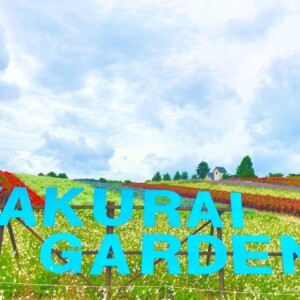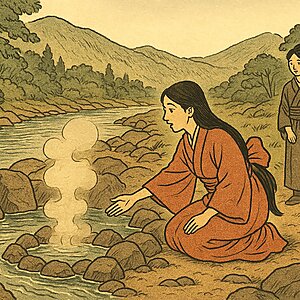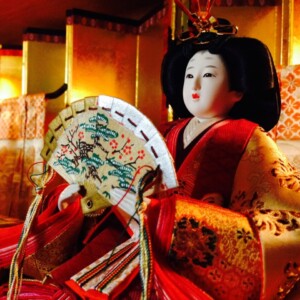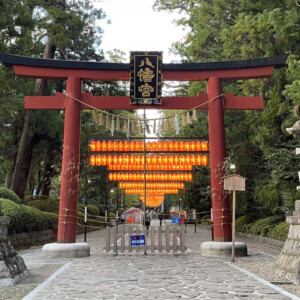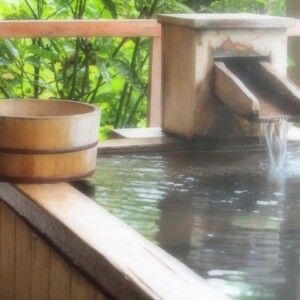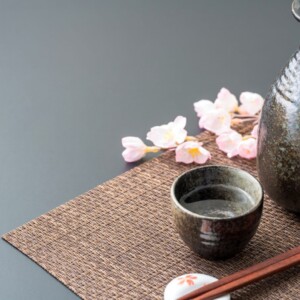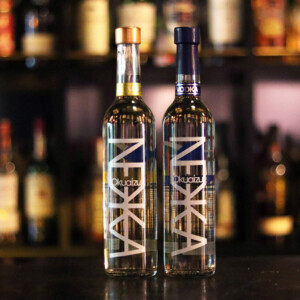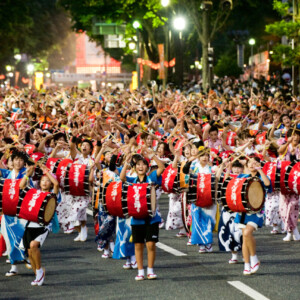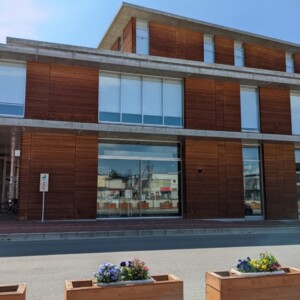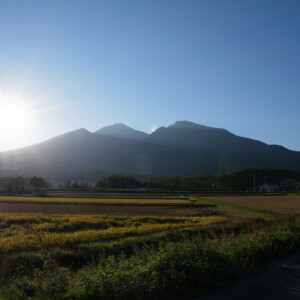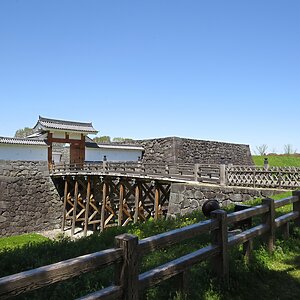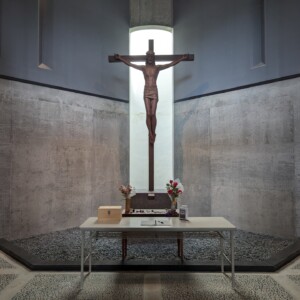
Is one of the three most immovable Japanese people in Miyagi Prefecture? Shirauoyama Daitokuji Temple and Yokoyama Fudoson in Tome City [Miyagi Prefecture]
table of contents
Sendai City is in the center of Miyagi Prefecture. About 80km northeast of there, in Tome City, Daitokuji Yokoyama Fudoson , the Acala statue enshrined there is one of the "Three Fudos of Japan," so we decided to investigate!
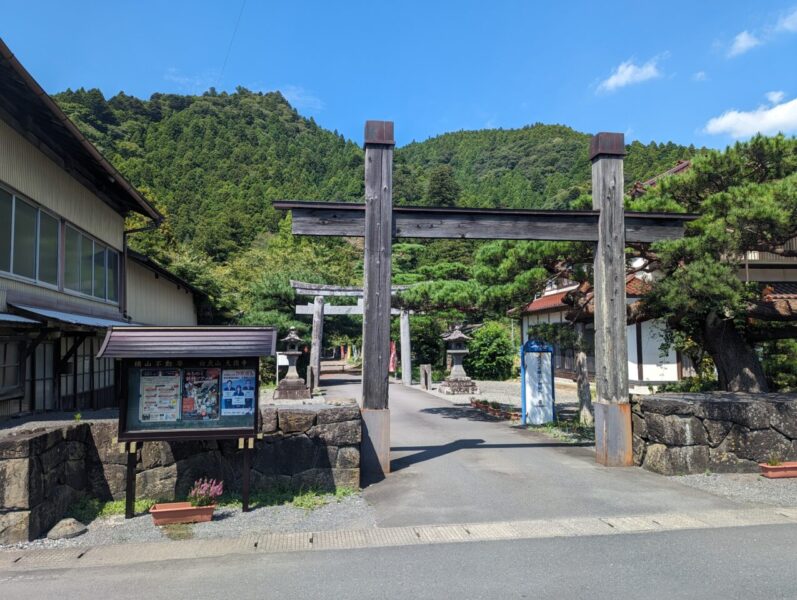
What are the Three Fudo of Japan?
"Japan's Biggest" is a phrase we often hear, and the meaning can vary widely depending on how it is interpreted and selected, and this seems to be no exception. There are also "Japan's Three Greatest Fudo" and "Japan's Three Greatest Fudo Son," so which one is it? However, the meaning seems to be different.
What are the Three Fudo of Japan?
In the case of Japan's three immovable
- "Ki Fudo" at Temple (commonly known as Miidera Temple in Otsu City, Shiga Prefecture
- "Red Fudo" at Koyasan Myooin Temple in Koyacho, Ito District, Wakayama Prefecture
- "Ao Fudo" at Shoren-in Temple in Kyoto City, Kyoto Prefecture
It seems that the term generally refers to three Buddhist paintings created during the Heian period
What are Japan's three great Fudo Myo-o statues?
Fudoson is a temple that enshrines Acala as its principal deity, just like Yokoyama Fudoson , and honestly there is no clear information about "these three locations," and there are several candidate locations, including self-proclaimed locations. However, the names that are often mentioned are
- Narita Fudoson Temple in Narita City, Chiba Prefecture
- Meguro Fudoson in Meguro Ward, Tokyo
- Kihara Fudoson Temple in Kumamoto City, Kumamoto Prefecture
- Nakano Fudoson Temple in Fukushima City, Fukushima Prefecture
- Takitani Fudoson in Tondabayashi City, Osaka Prefecture
It seems that there are five of them. (It's no longer the top three...)
Unfortunately, I was unable to find any clear information from a third party that Yokoyama Fudoson is one of Japan's three great Fudoson temples, but according to an explanation from the local area,
- Narita Fudoson Temple in Narita City, Chiba Prefecture
- Sugaya Fudoson Temple in Shibata City, Niigata Prefecture
- Yokoyama Fudoson Temple in Tome City, Miyagi Prefecture
These three temples were described as the "Three Fudo Temples of Japan."
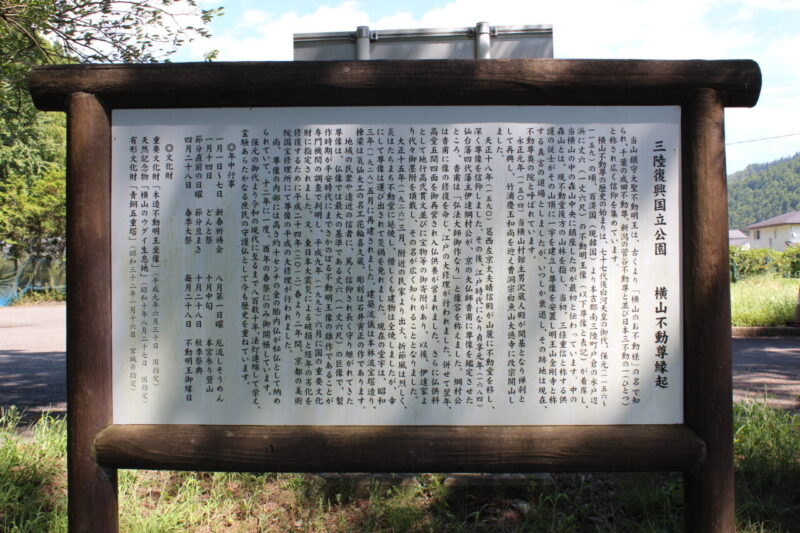
The origin of Daitokuji Temple's Yokoyama Fudoson
According to legend, the statue of Acala washed up on Mitobehama Beach in Togura, Minamisanriku Town, Motoyoshi County from Baekje (a country that existed in the southwestern part of the Korean Peninsula) in 1156, and was enshrined here. Another theory is that it was carved by the Oshu Fujiwara clan or Kobo Daishi Kukai during the Heian period
At the time, the mountain and temple names were Myoosan Kongoji, but in 1504 it converted from Shingon to Soto sect. At that time, it was renamed Shiraosan Daitokuji, which is how it remains to this day. It has long been affectionately known as "Yokoyama no O-Fudo Myo-o."
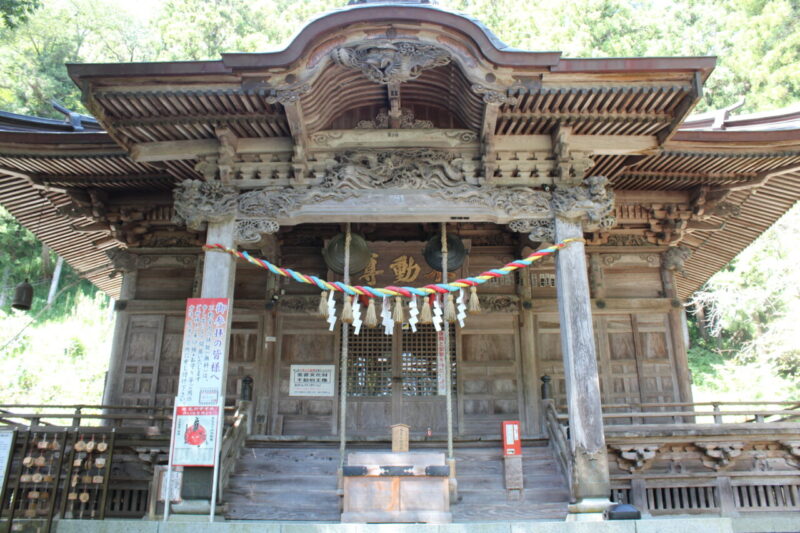
Currently, the grounds of Daitokuji Temple and Yokoyama Fudoson are slightly separated, but this is due to a past fire that destroyed the temple and caused it to be rebuilt further apart. Incidentally, during that fire, the temple was destroyed, but the Acala statue was rescued by local residents and survived
Yokoyama Fudoson Temple's Acala statue
The statue of Acala enshrined at Yokoyama Fudoson is a gigantic statue made of katsura wood inlaid with a height of 2.75m, weighing 300kg, and measuring 186cm (the standard size for a Buddhist statue; standing is approximately 4.8m). It was designated an Important Cultural Property in 1997.
The principal image is a 5cm statue of Acala made of pure gold, enshrined inside the womb of this seated Acala statue. It is only open to the public once every 12 years, during the Year of the Rooster.
The 28th of every month is the Fudo Myo-o festival day, and the first festival day of the year, January 28th, is called "Hatsu Fudo." The image shows the Fudo Myo-o this morning. Even though it's a weekday, there seem to be a lot of visitors. https://t.co/M5WDc6bbVB pic.twitter.com/Np3k1XpRZU
— Yokoyama Fudou (@Yokoyama_Fudou) January 28, 2022
The seated statue holds a sword in its right hand to cut off people's worldly desires and karma, and a lasso in its left hand to bind evil.It is huge, and its stern face with its lower lip bitten, combined with the vivid vermilion flame, give it an incredibly powerful presence
It was damaged during the Great East Japan Earthquake in 2011, but was sent to a cultural property restoration specialist in Kyoto and returned safely to Yokoyama in 2014
If you ask the reception desk, you can take a look around!
The doors are usually closed, but as you can see in the image below, if you ask the reception desk on the left side of the Fudodo, you can enter for free!
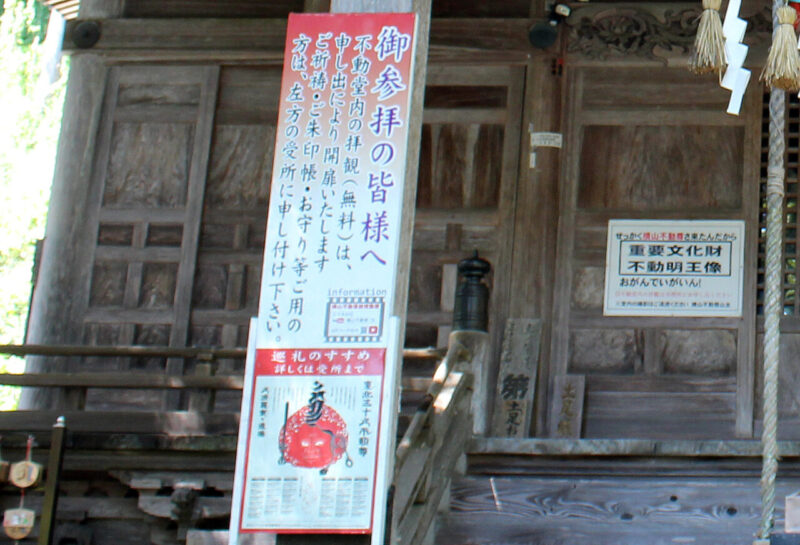
If you visit, be sure to ask to see the statue of Acala!
The Japanese dace, designated as a national natural monument
As soon as you pass through the temple gate at the entrance, you will see a pond within the temple grounds. This pond is home to the Japanese dace, another highlight of Daitokuji Yokoyama Fudoson .
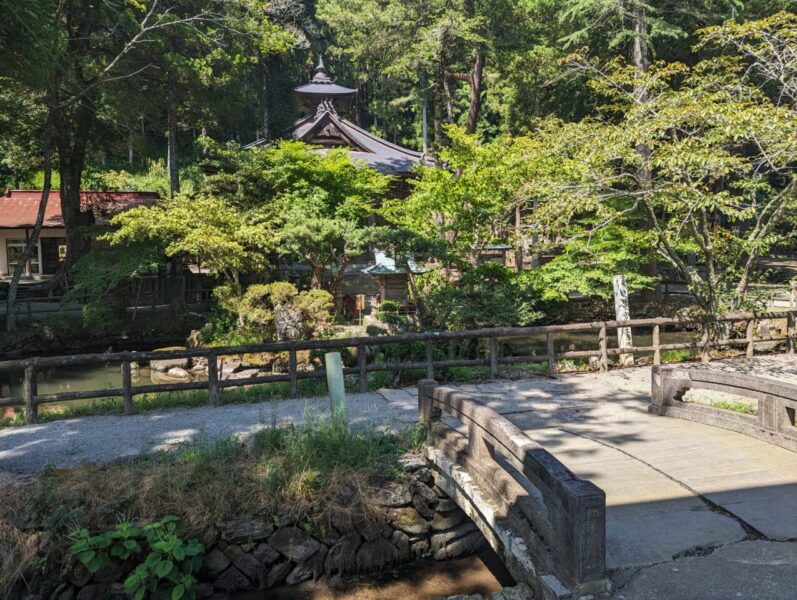
They are considered messengers of Fudo Myo-o and have been fed and cared for by pilgrims for many years. As their habits and ecology can be observed well, they were designated a national natural monument in 1935 as the "Yokoyama Dace Habitat."
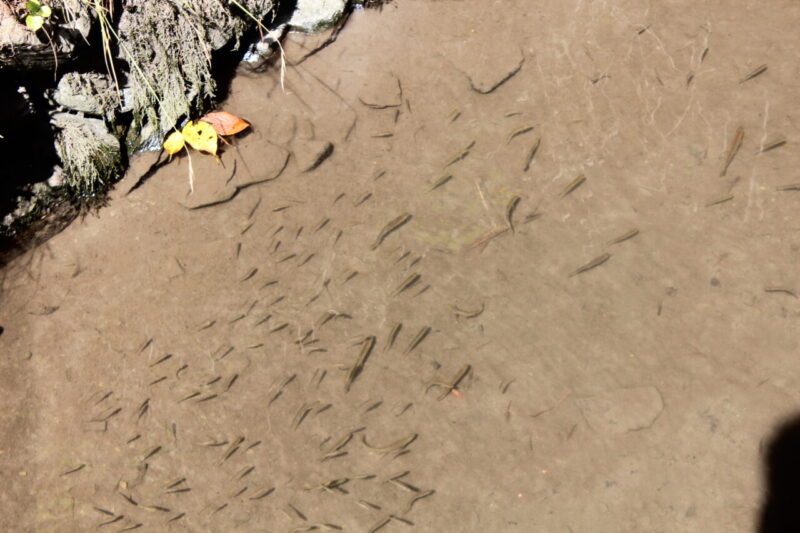
This fish is also called Akahara because the abdomen of the male turns red during spawning season
The Kubo River, Naka River, and Tera River basins that lead to the pond are also designated as natural monuments, and the fish come out to the rivers around May during their breeding season to spawn, and then return to the pond around August
summary
Although we didn't mention it much, the carvings on the mountain gate and the Nio statues enshrined on either side the Bronze Five-Story Pagoda which was designated a tangible cultural property of Miyagi Prefecture in 1957 the Yakushido Hall, which sits on a small island in the center of the pond .
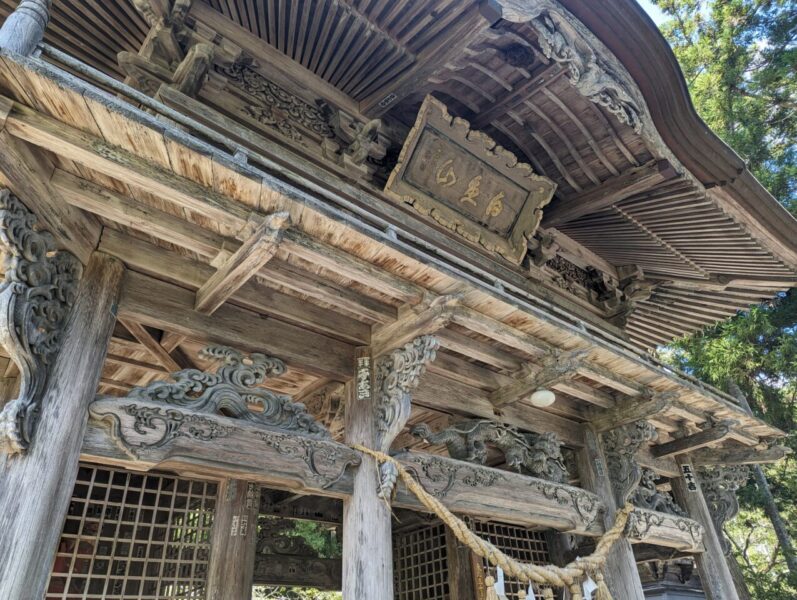
This is one of the recommended places to visit when sightseeing in the northern part of Miyagi Prefecture. If you have the chance, be sure to visit!
INFORMATION
- Name: Yokoyama Fudoson, Daitokuji Temple, Shirauosan
- Address: 3 Yokoyamahonmachi, Tsuyamacho, Tome City, Miyagi Prefecture, 986-0402
- Phone number: 0225-69-2249
- Official URL: http://www.jade.dti.ne.jp/


![Scary and slightly sad stories... "Michinoku Otogi Kaido" with many stories left behind [Shichigasyu-cho, Shiraishi City, Miyagi Prefecture] Fairytale images](https://jp.neft.asia/wp-content/uploads/2023/04/be73b392233d2fe609797e999f8ca547-1-150x150.jpg)
![Kurikoma foot Geopark learned from large-scale landslide disasters [Miyagi Prefecture] Autumn leaves of Mt. Kurikoma](https://jp.neft.asia/wp-content/uploads/2023/08/22090138_m-150x150.jpg)
![Demon's Jigokudani Promenade! The geyser of the steam is truly a hellish sight! ? [Miyagi Prefecture] 5148713_m](https://jp.neft.asia/wp-content/uploads/2023/08/5148713_m-150x150.jpg)
![Tateishi-ji Temple, a corner of the four temple corridors, including Chuson-ji Temple, Mokoshi-ji Temple, and Zuigan-ji Temple [Yamagata Prefecture] Yamadera Risshakuji Temple](https://jp.neft.asia/wp-content/uploads/2016/09/26668581_m-150x150.jpg)
![The timber rocks in Shiraishi Obara are natural phenomena, and are spectacular spots with columnar joints! [Miyagi Prefecture] FE8E1C5D-891F-4A2B-B0BB-BB4536BF6858_105_c](https://jp.neft.asia/wp-content/uploads/2023/07/FE8E1C5D-891F-4A2B-B0BB-BB4536BF6858_1_105_c-150x150.jpeg)
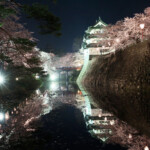
![[Semboku City, Akita Prefecture] It's best to see both the man-made autumn leaves of Kakunodate and the natural autumn leaves of Dakigaeri Valley. Higashishorakucho_Semboku City](https://jp.neft.asia/wp-content/uploads/2025/08/c70a99377a4bb64de3c1f83babf0ea49-150x150.jpg)
![[Miyagi Prefecture] Remember the Miyagi dialect! “So,” “suddenly,” “good morning socks”? good morning socks](https://jp.neft.asia/wp-content/uploads/2023/09/fashion_kutsushita_ana-150x150.jpg)
